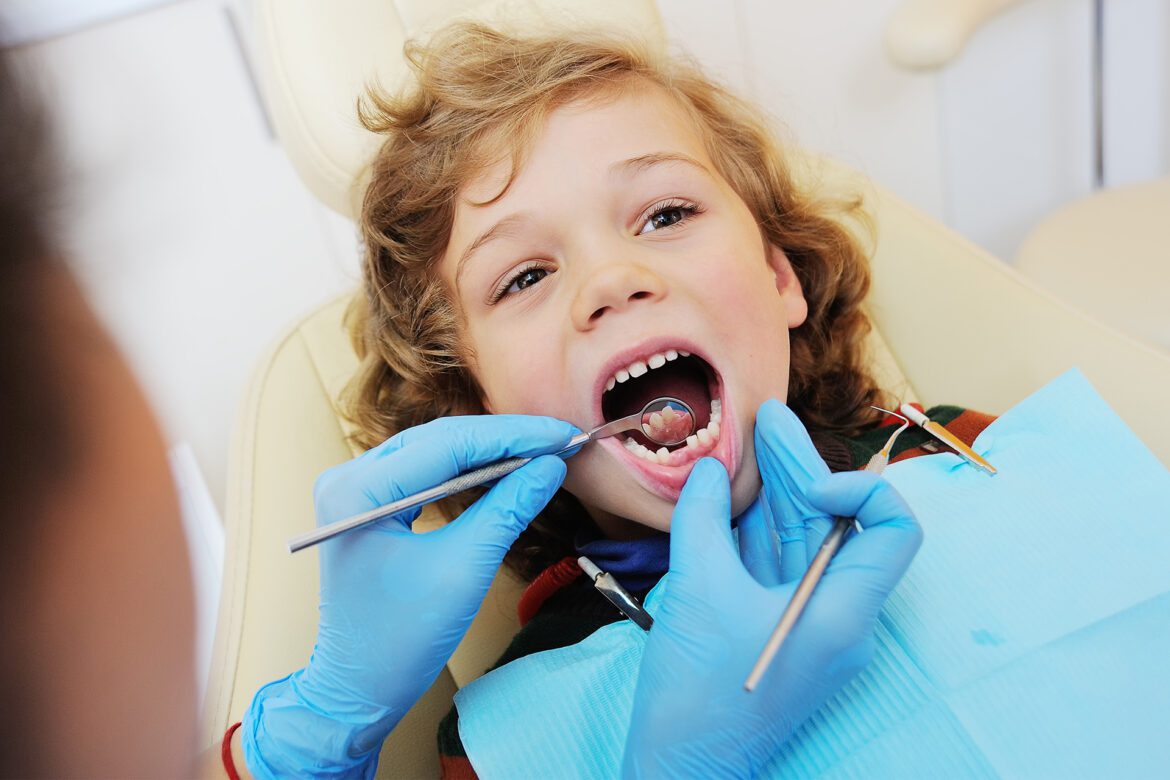Oral health is an integral part of a person’s general health. And so, taking care of one’s oral health, specially at a young age, can be a huge benefit to the individual. As a general dental practitioner, I was working at the pediatrics department for nearly a month, what surprised me the most was how late in age parents would bring in their children for their first dental visit, which is usually accompanied by severe pain and/or abscess. There’s no surprise that the child will have a bad first experience, when their first encounter with the dentist is for a pain related issue, which usually means a more invasive treatment.
This could escalate and cause the child to have dental anxiety and possibly even dental phobia impacting their behavior towards dentists for the rest of their life. The aim of this article is to raise awareness regarding the importance of oral health, especially for children, and provide general oral hygiene instructions. The most common oral disease is dental decay affecting 60-90 per cent of school children worldwide. The good news is, dental decay is largely preventable.
A few ways to prevent it include: Brush twice daily first thing in the morning and last thing before bed for at least two minutes to ensure that every surface including the gum-tooth junction (gumline) are cleaned carefully. For children up till the age of seven, it is advisable to have a parent or a guardian supervise the child’s brushing. A small-headed soft-bristled toothbrush is ideal to achieve this. Any toothpaste with Fluoride is sufficient and the optimum concentration for children under the age of seven is no less than 1,000 ppm of Fluoride.
From seven years upwards, it is advocated to use 1,350 – 1,500 ppm of Fluoride. You can find these numbers on the back of any toothpaste package. It is crucial to only spit excess toothpaste and not rinse to increase the benefits and time of Fluoride in the mouth. Another way of introducing this useful component is through professional application, in the form of varnish, during the child’s six-month dental check-up. Several studies concluded that twice-yearly fluoride varnish application reduces risk of dental decay by 37 percent in primary teeth and 43 percent in permanent teeth, according to Delivering Better Oral Health: An Evidence-Based Toolkit for Prevention.
Mouthwash is also a good source of fluoride and it is recommended for children eight years of age and older, specifically those who snack frequently. The use of floss to clean in-between teeth is advisable, although, most children’s teeth are well spaced. At least in one of the two yearly dental visits, diet advice should be given to adults and parents. It will include important points such as: Limiting consumption of foods and drinks, especially snacks, containing sugars as it increases the risk of dental decay and choosing healthier low-sugar options like fresh fruits and vegetables, breadsticks, oatcakes etc.
It is preferable for your child to drink water or milk between meals and avoid fizzy or soft drinks and juice sweetened with sugar. The Eatwell Guide is a UK government initiative that defines the recommendations on a well-balanced healthy diet for children aged two years and older and adults. It provides a visual representation of what a healthy diet looks like as seen in the photo.
My humble advice to all parents is to let the first few visits to the dentist be as soon as your child has at least five upper and lower teeth (around three years old), to enable preventive advice to be given at an early stage. Moreover, to acclimatize them to the dental setting in a neutral experience and that’s when they are free of pain/infections. The aim of this is to have the child grow up feeling comfortable going to the dentist bi-annually and develop positive behavior about their oral health including the skills and motivation to maintain it.

